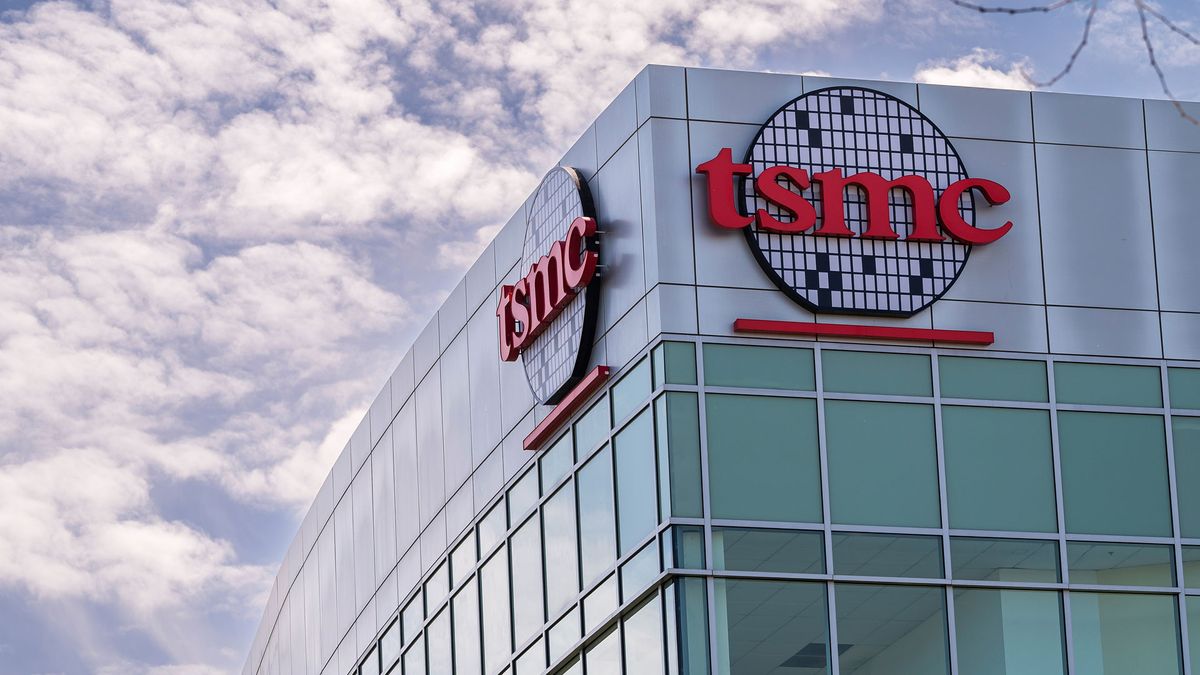
Taiwan is resisting pressure from the Trump administration to produce half of the chips it sells in the United States domestically. President Donald Trump has been pushing for the onshoring of chip production and wants Taiwan-based Taiwan Semiconductor Manufacturing Company (TSMC) to commit to increasing its manufacturing footprint in the country.
The semiconductor standoff is unfolding against the backdrop of ongoing trade negotiations. Taiwan is currently attempting to secure relief from a temporary 20% tariff imposed by the U.S. on Taiwanese exports.
Lutnick says Taiwan should split chip production evenly with the US
In an interview with NewsNation, US Secretary of Commerce Howard Lutnick said that during the trade talks, he discussed evenly splitting chip production between the US and Taiwan.
“My objective, and this administration’s objective, is to get chip manufacturing significantly onshored — we need to make our own chips,” said Lutnick. He added, “The idea that I pitched [Taiwan] was, let’s get to 50-50. We’re producing half, and you’re producing half.”
“My argument to them was, well, if you have 95%, how am I gonna get it to protect you? You’re going to put it on a plane? You’re going to put it on a boat?” said Lutnick, pointing to the percentage of global advanced chip production in Taiwan.
He added, “If we have half, we have the capacity to do what we need to do, if we need to do it.”
Taiwan resists US pressure on 50-50 chip production
Meanwhile, Taiwan’s Vice Premier Cheng Li-chiun categorically denied that the company would agree to such a proposal. She added, “Our negotiating team has never made any commitment to splitting chips 50-50, so the public can rest assured.”
While TSMC is already moving forward with a massive $165 billion investment to build advanced fabrication plants in Arizona, the Taiwanese government stressed that the bulk of the company’s manufacturing and all its core R&D will remain firmly rooted in Taiwan. The rejection of the “50-50” split confirms that while Taiwan is willing to cooperate on expanding global capacity, it will staunchly resist any attempt to forcibly diminish its strategic, high-tech advantage.
The move highlights a growing geopolitical friction as Washington seeks to secure its supply chain, while Taiwan fights to maintain its economic and strategic “Silicon Shield.”
Taiwan has a near monopoly on producing advanced chips
Many Taiwanese officials and analysts view the island’s near-monopoly in producing the world’s most advanced chips (over 90% of the top-tier supply) as its strongest defense mechanism. This “Silicon Shield” theory posits that Taiwan’s critical role in the global economy makes any attempt by China to seize the island too economically devastating for the world, thus deterring aggression and ensuring international support. Diluting this concentration by moving significant capacity to the U.S. is seen as weakening this vital leverage.
For the United States, the high concentration of advanced chip manufacturing in Taiwan represents a massive supply chain and national security vulnerability, especially amid rising geopolitical tensions with China. The push for a “50-50” split is a clear effort to mitigate this risk and onshore critical technology, a goal championed by the Trump administration.
Notably, Taiwan, particularly TSMC, produces the bulk of AI chips globally. The strategic importance of semiconductors has increased as they are used in the production of many goods, ranging from cars to gadgets. The COVID-19 pandemic exposed the vulnerabilities in the global supply chain, and since then, several countries have been looking to onshore ship production.
Chips are the bedrock of the AI revolution
As a cornerstone of the AI boom, semiconductors have surged in strategic importance. This rise, coupled with escalating geopolitical tensions, has placed a spotlight on the technological advantages of key players in the chip supply chain, such as TSMC and other industry leaders.
There has been an apparent AI chip war between the US and China, and the former has been looking to curb China’s progress in AI by restricting exports of advanced AI chips. However, there have been apprehensions that China has been circumventing the US ban through transshipments.
TSMC discovered a breach
Meanwhile, in August, TSMC launched a legal and disciplinary crackdown following the discovery of a potential trade secret breach. The incident involves several employees and is related to the chip maker’s highly advanced 2-nanometer (2nm) chip technology, a critical asset in the fierce global competition for semiconductor leadership.
TSMC’s internal monitoring systems flagged unauthorized activities, leading to a swift investigation. According to reports, the breach involves several employees, including former personnel, who were allegedly attempting to obtain critical proprietary information. The company has since taken strict disciplinary action against those involved and has initiated legal proceedings.
Trump reportedly pushed TSMC to invest in Intel as part of the trade deal with Taiwan
Previously, there were reports that Trump pushed TSMC to invest in Intel as part of the trade deal. TSMC is a competitor to Intel, and both companies use differing technologies to produce chips.
Meanwhile, in August, the US government formalized an $8.9 billion investment in Intel common stock, securing an approximately 10% equity stake. This funding is largely derived from grants originally awarded under the U.S. CHIPS and Science Act, which aims to bolster domestic semiconductor manufacturing. The investment is a clear indication of Washington’s commitment to ensuring a resilient, U.S.-based supply chain for advanced semiconductors.
Japanese technology investment group SoftBank Group also committed a $2 billion capital injection in August, further supporting Intel’s financial standing and turnaround efforts under CEO Lip-Bu Tan.
In September, Nvidia announced a $5 billion investment in Intel common stock as part of a strategic partnership. The collaboration is focused on jointly developing multiple generations of custom data center and PC products, accelerating AI and accelerated computing applications by integrating NVIDIA’s NVLink with Intel’s CPU and manufacturing platforms.

Question & Answers (0)